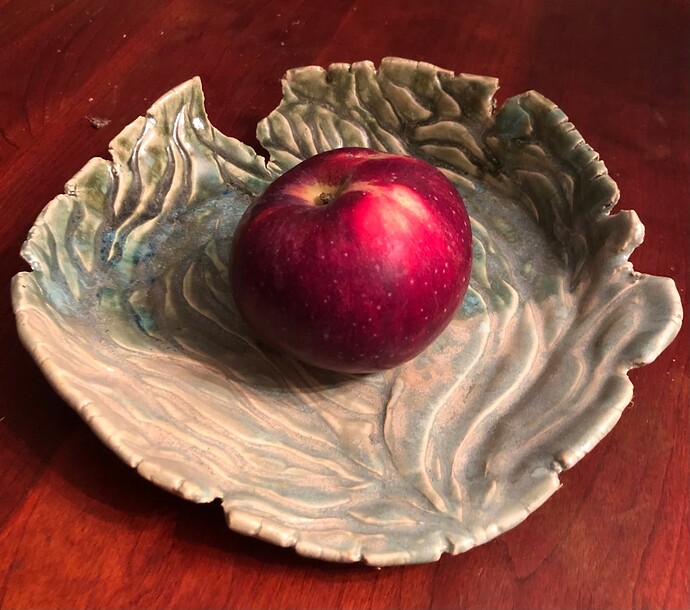The Macoun apple variety was first released in 1923 by Cornell University’s New York Agricultural Experiment Station. The initial cross between the McIntosh and Jersey Black cultivars was made in 1909 by Dick Wellington. It was the first of 21 apple varieties that he developed over a forty-seven year career at the station. Twenty-four of those years were spent in administration not direct research, so in 1923 he would have been the final authority to release the new variety to the public. The variety was named after Canadian horticulturalist W. T. Macoun (1869-1933) of the Central Experiment Farm in Ottawa, Ontario.
One parent, McIntosh, gifted the Macoun with its bright white flesh, juiciness, medium size, and short season in which it goes from firm and crisp to mushy in a few weeks.
The other parent, Jersey Black, is either very rare or nearly extinct. It is the parent that provided the Macoun with its dark red skin and a purply blush and somewhat boxy shape. According to Dan Bussey, Macoun got much of its flavor from Jersey Black.
We added quite a few Macouns to our last batch of fresh cider, so the next time I lift a glass of the cider, I’ll toast the delightful, highly aromatic 100-year-old gem that author Rowan Jacobsen has called, “the Sprite of apples.”
